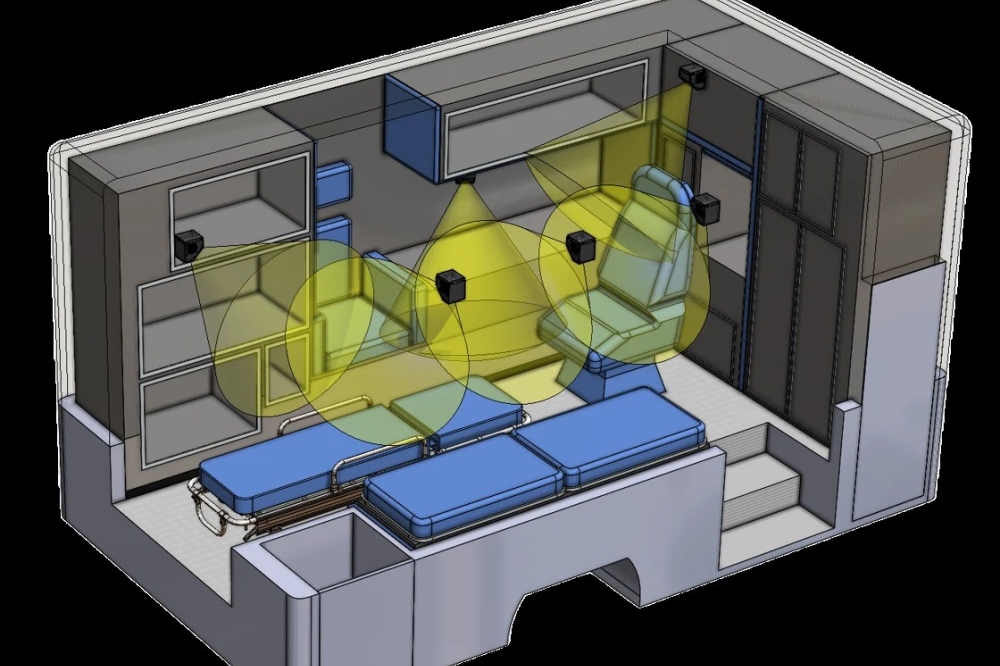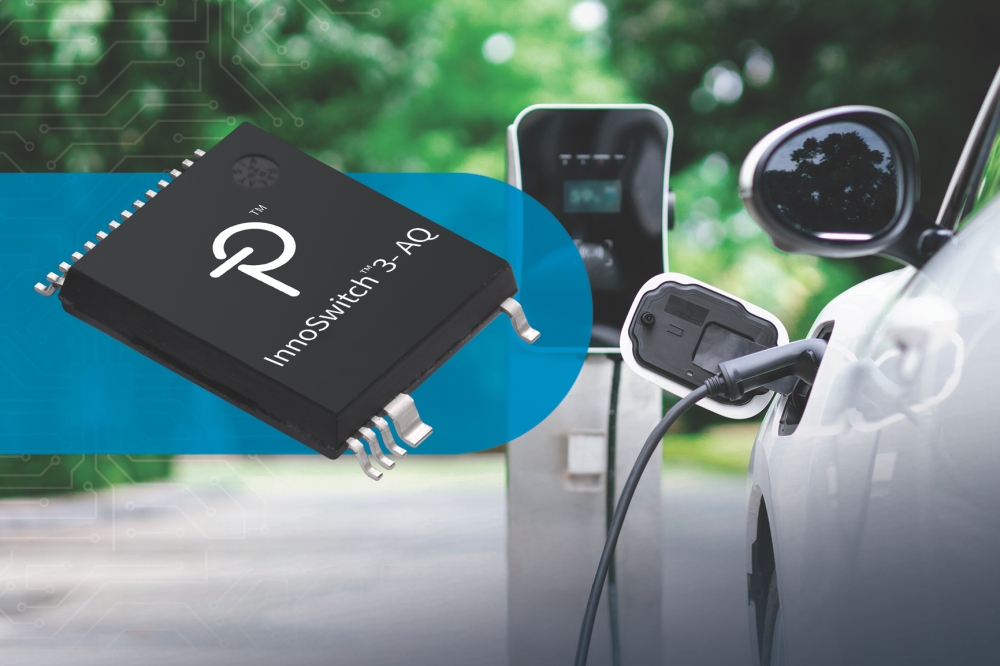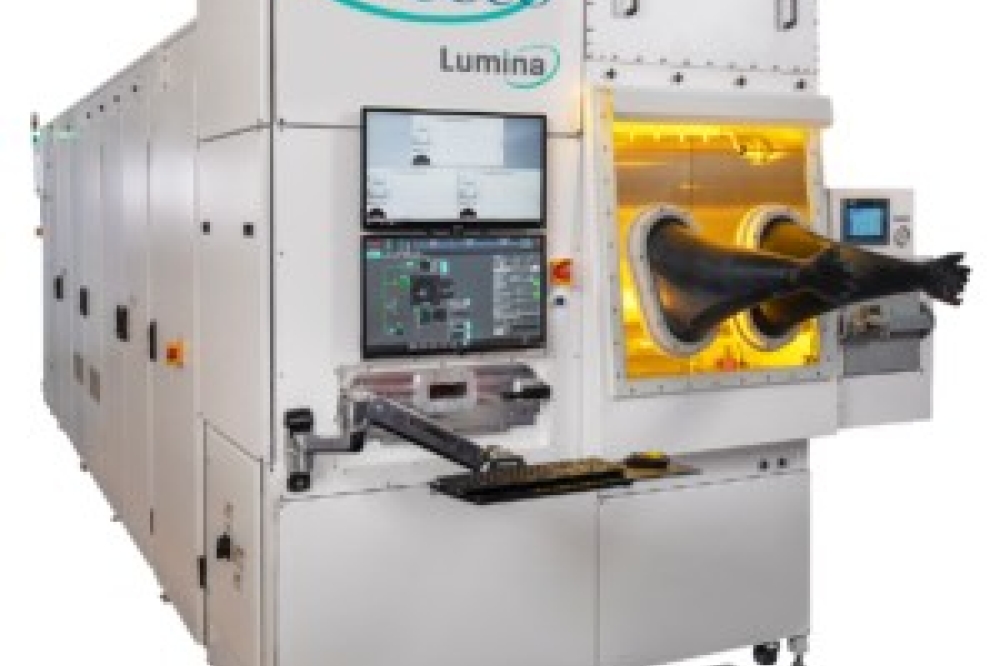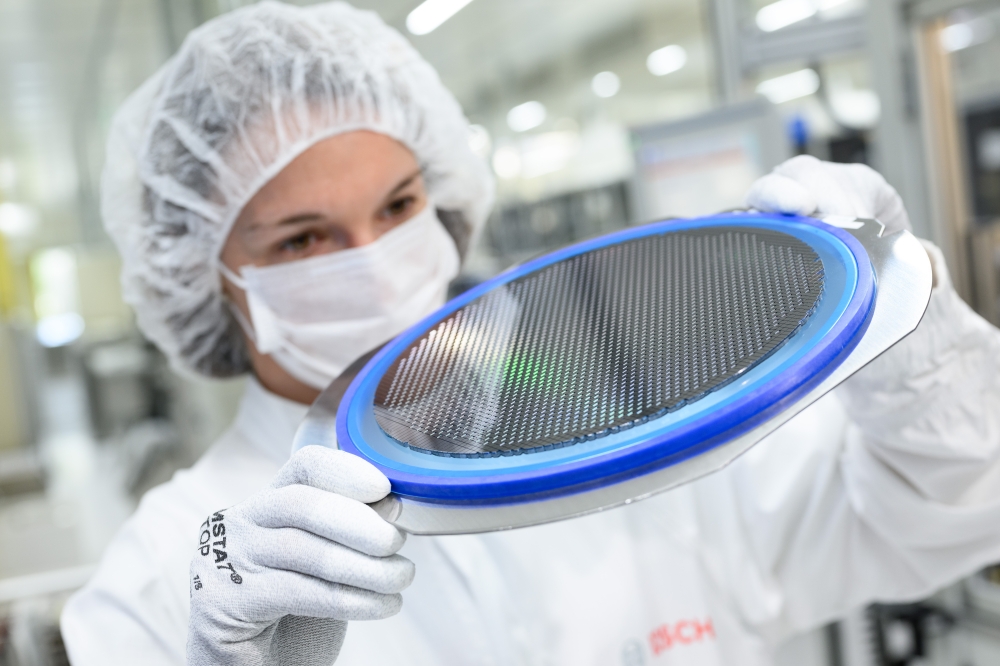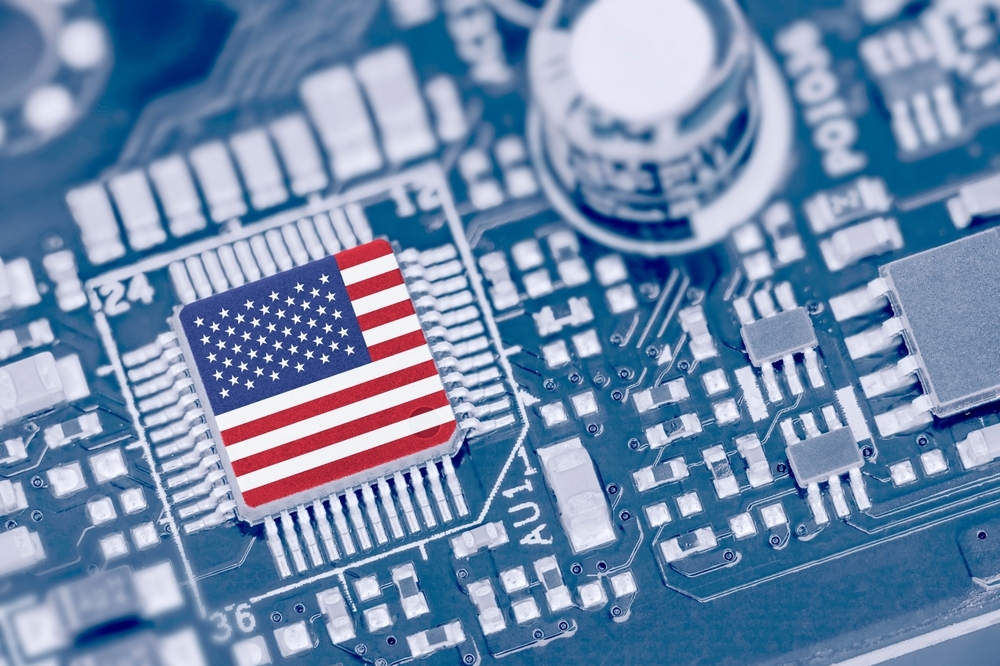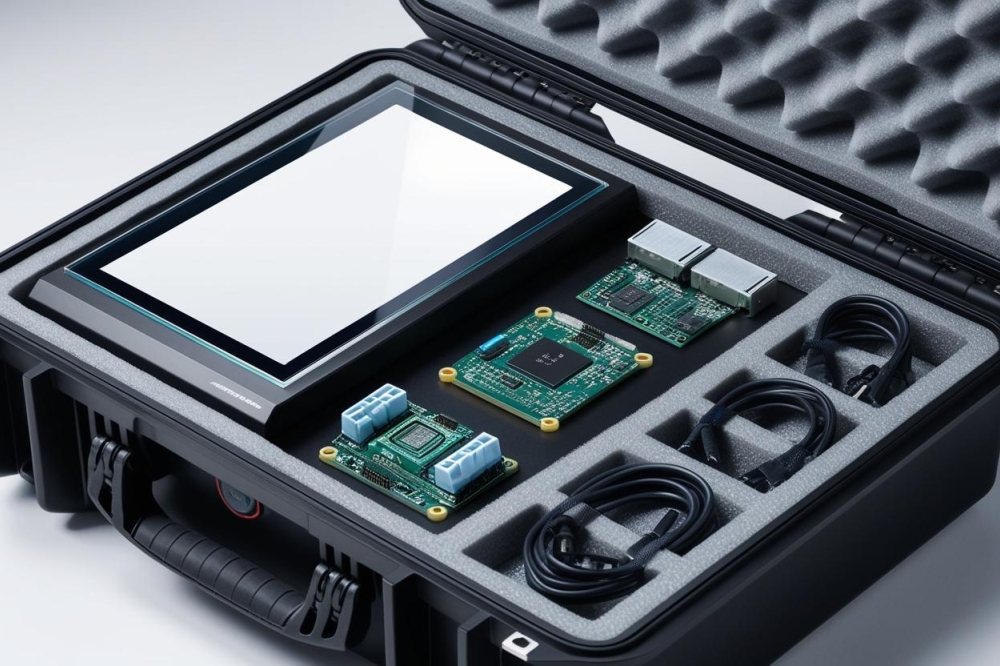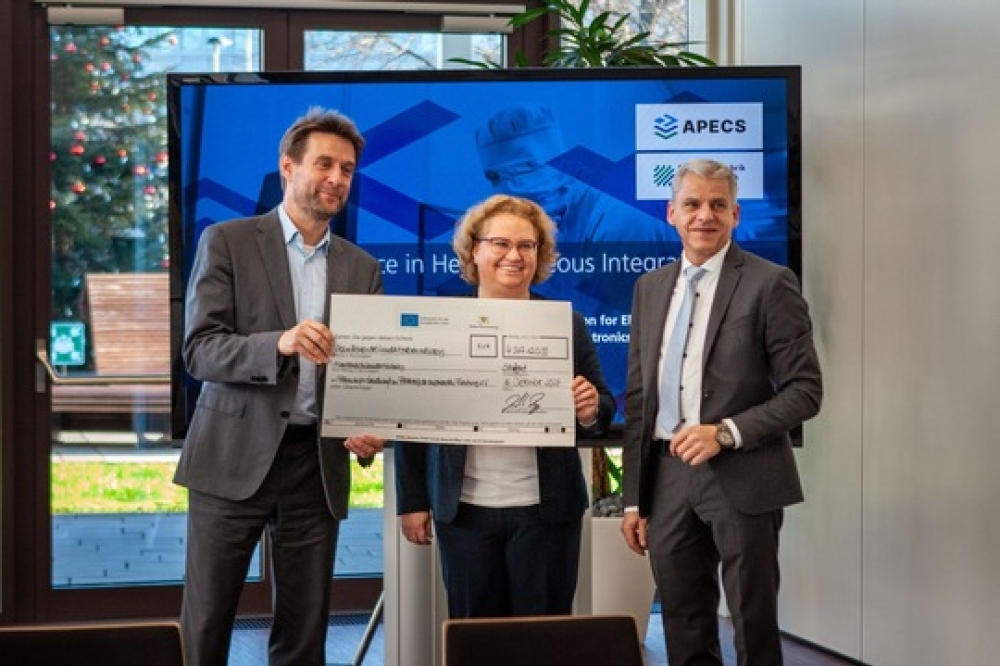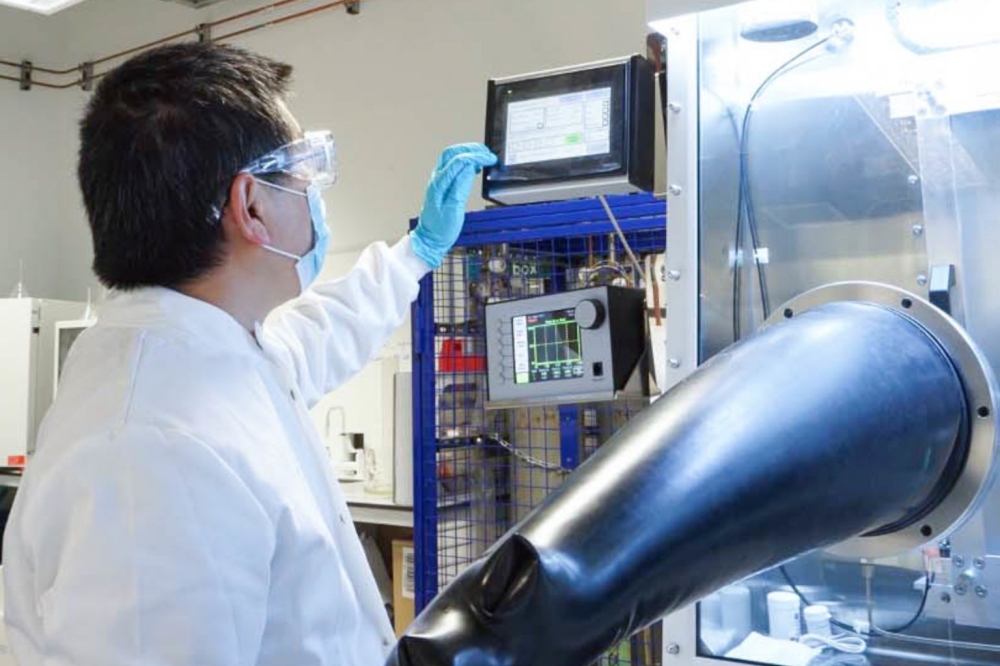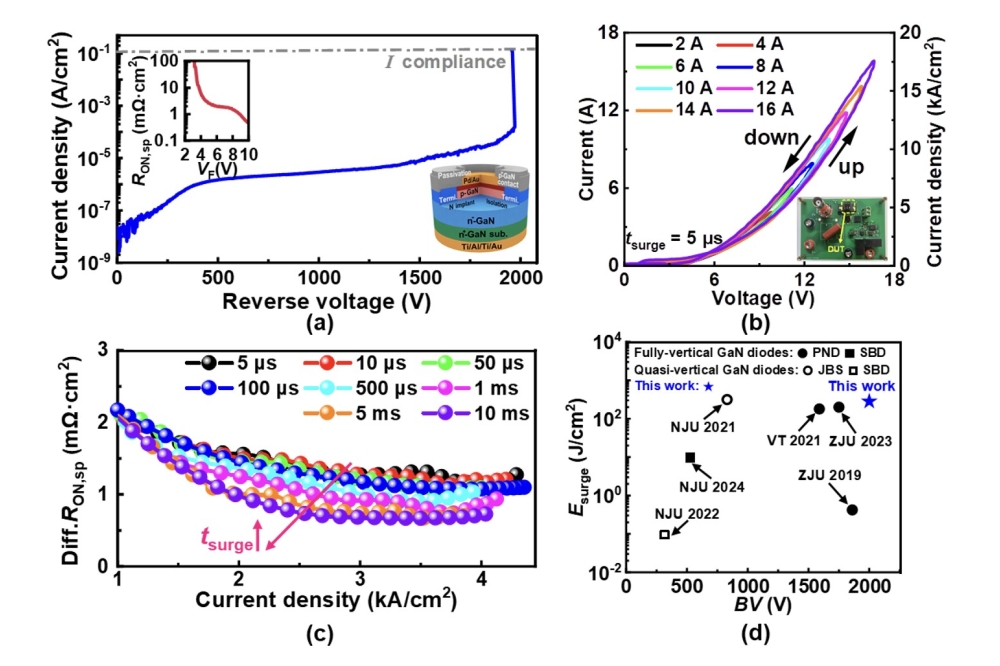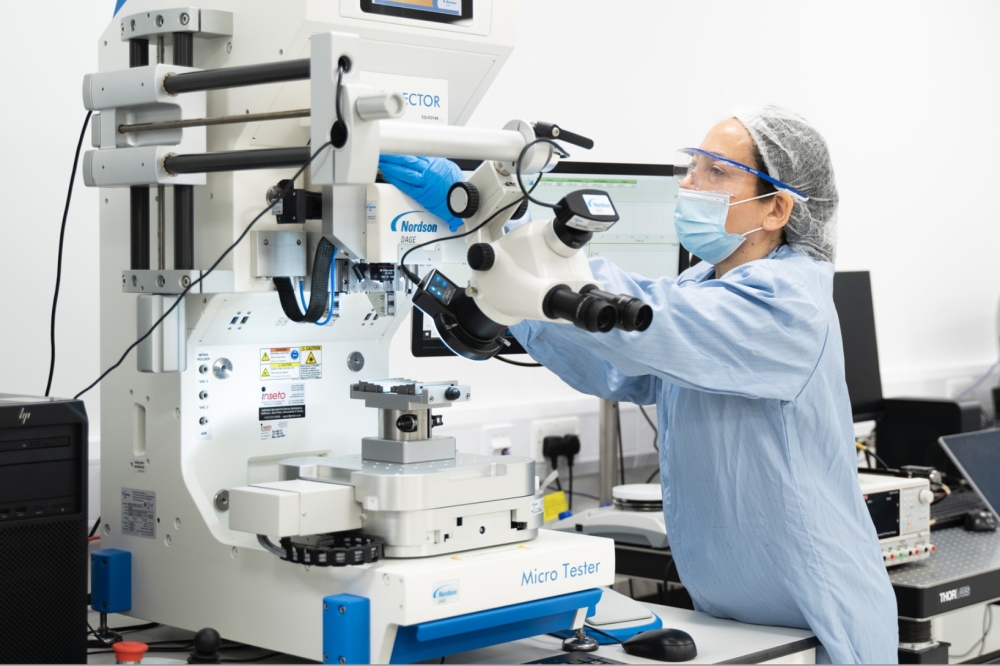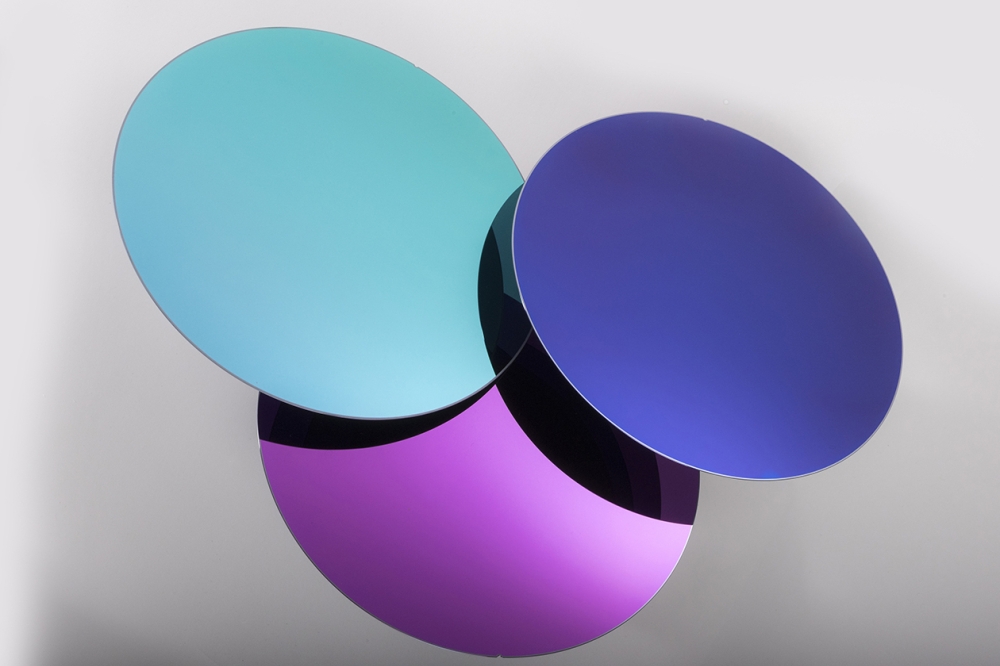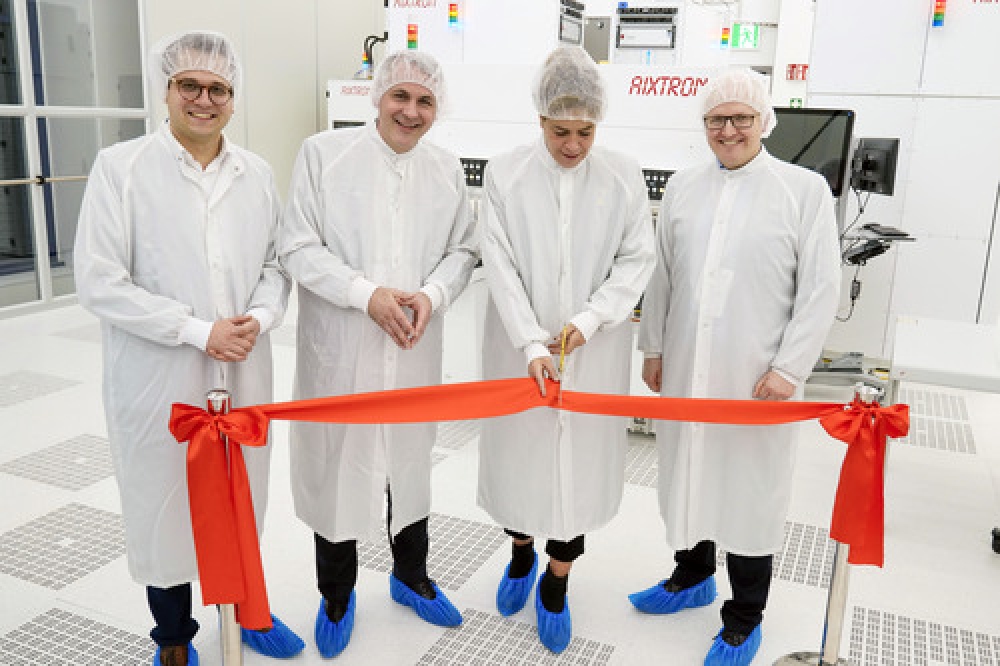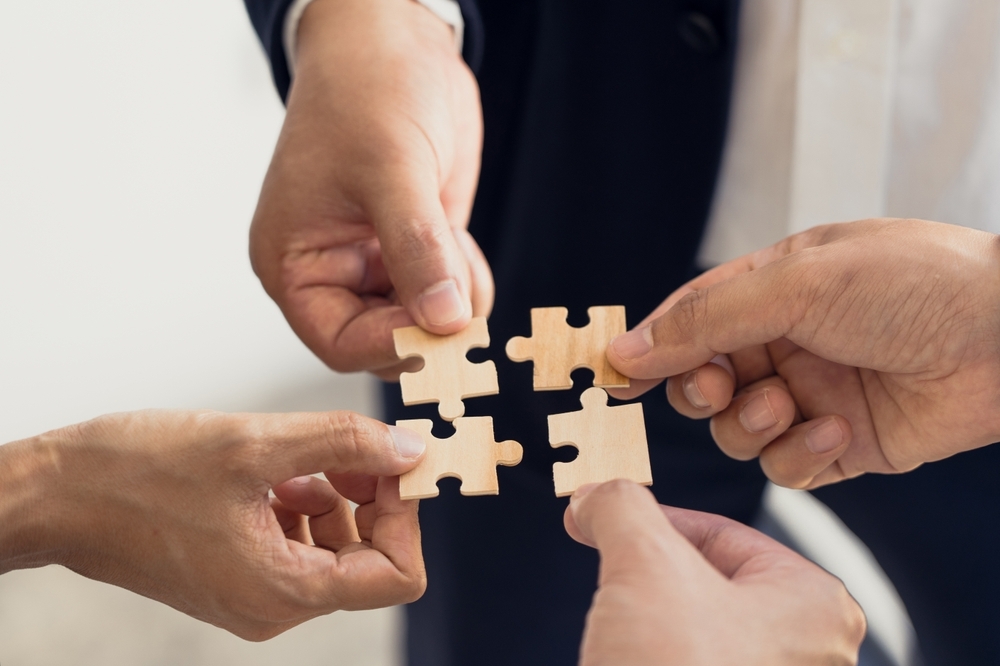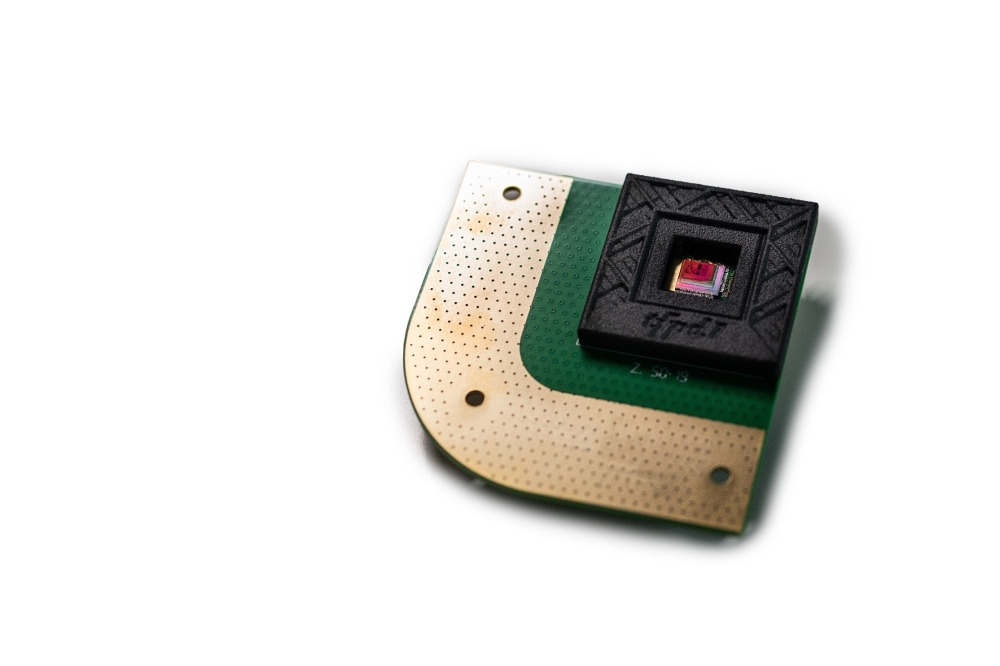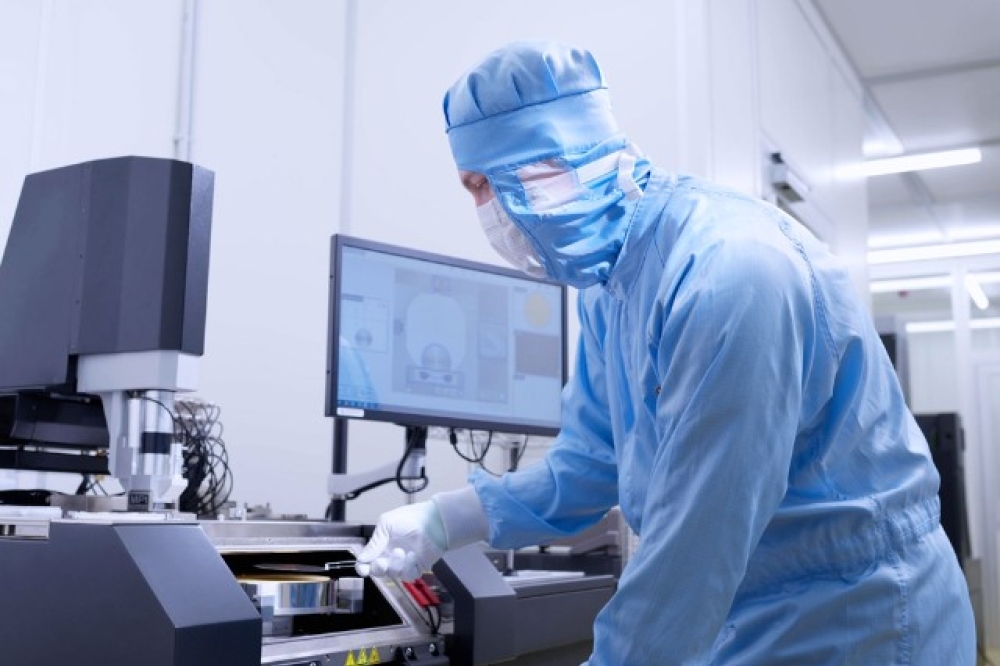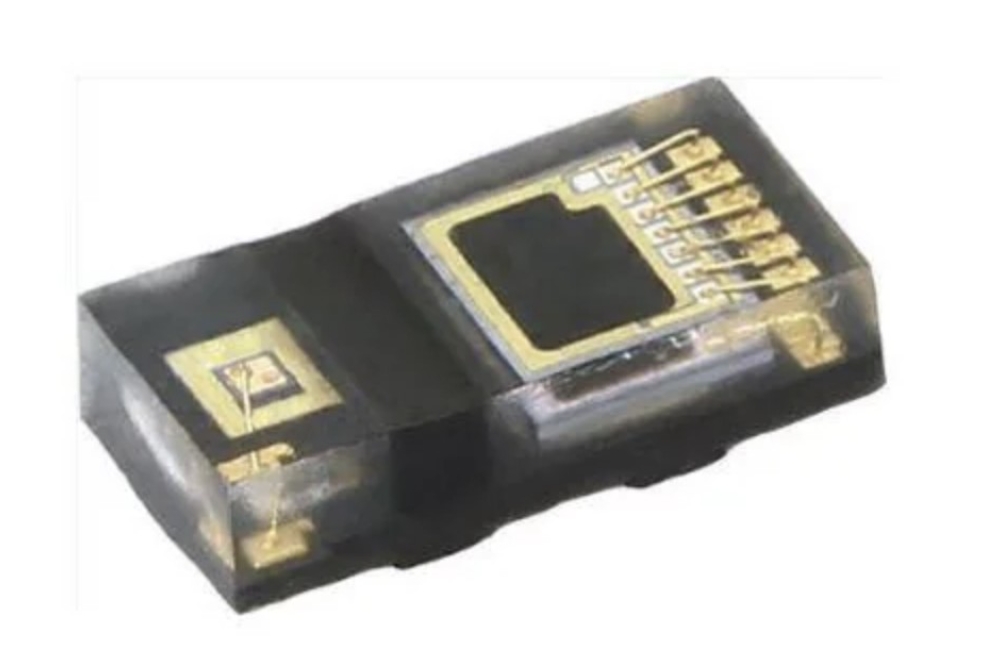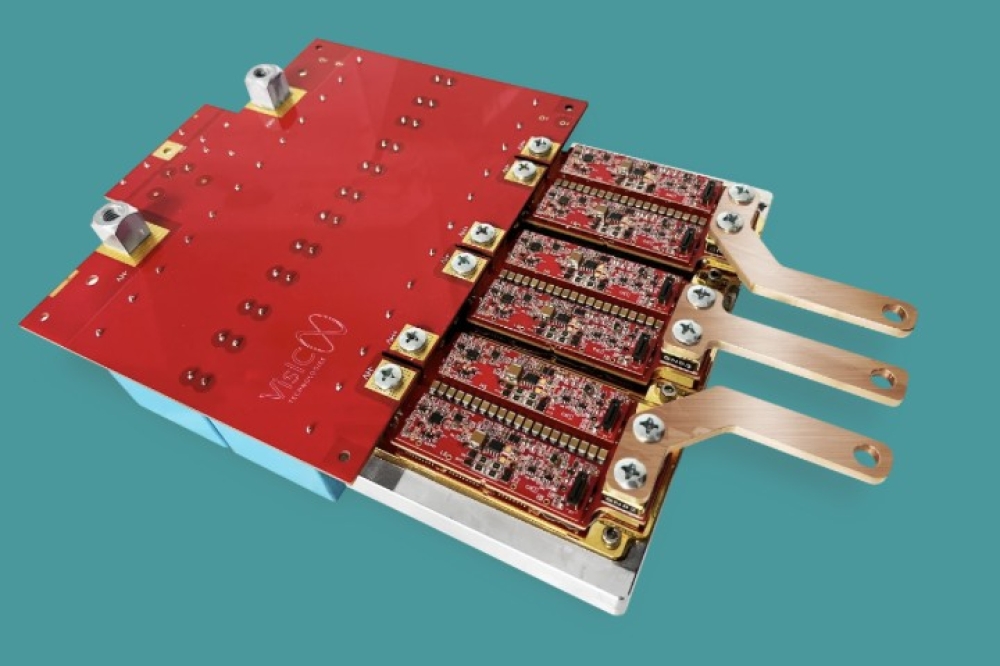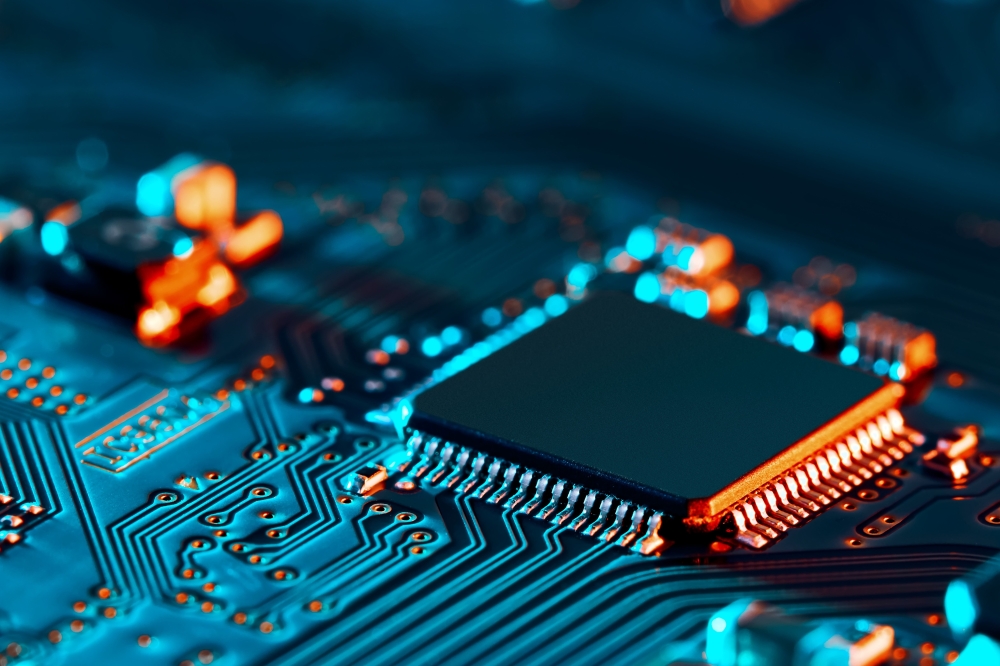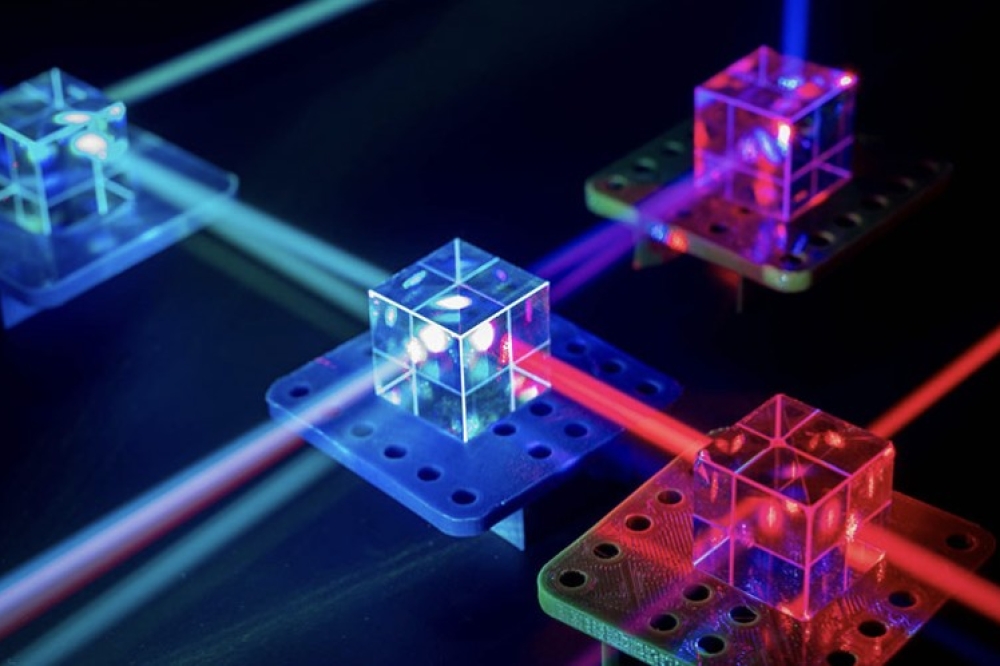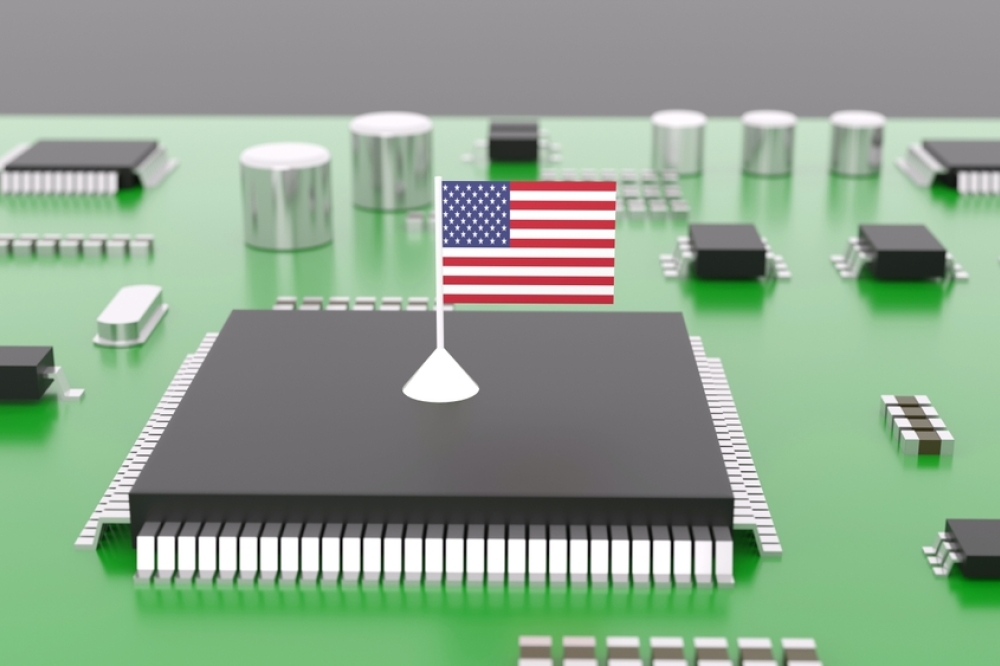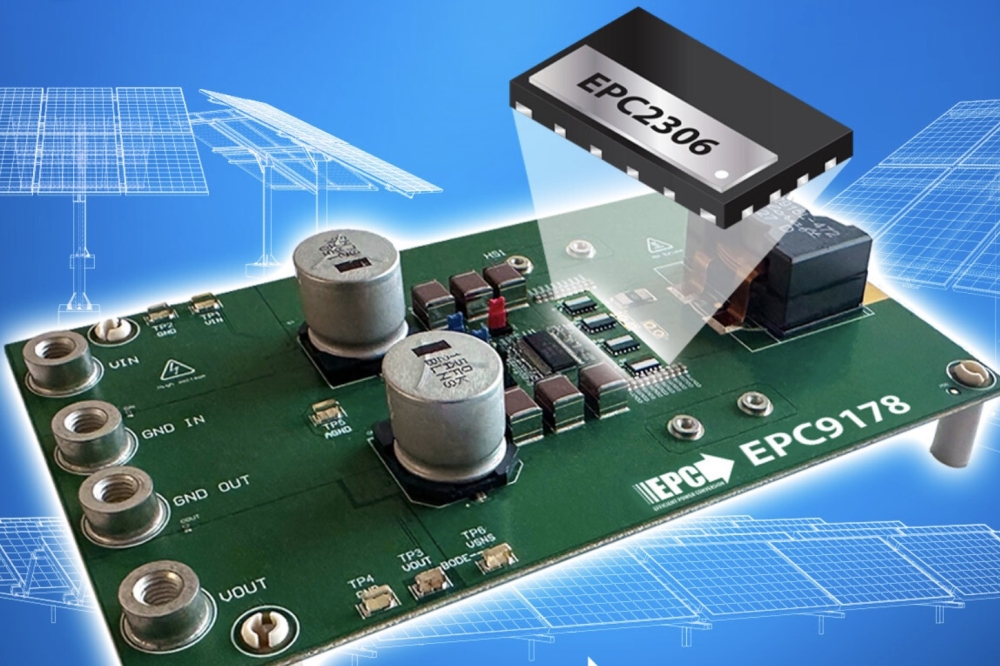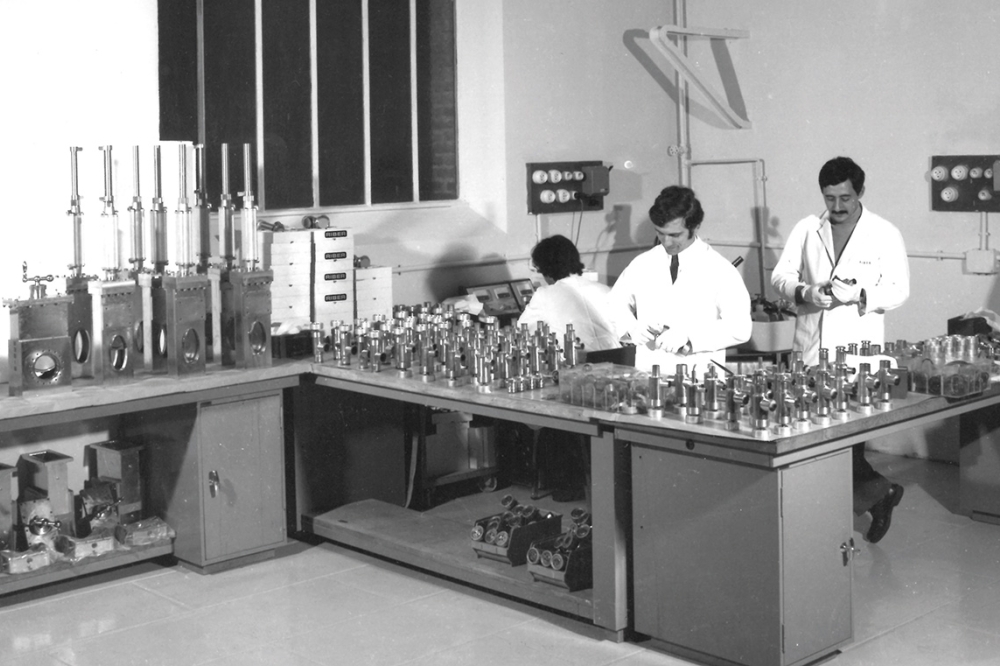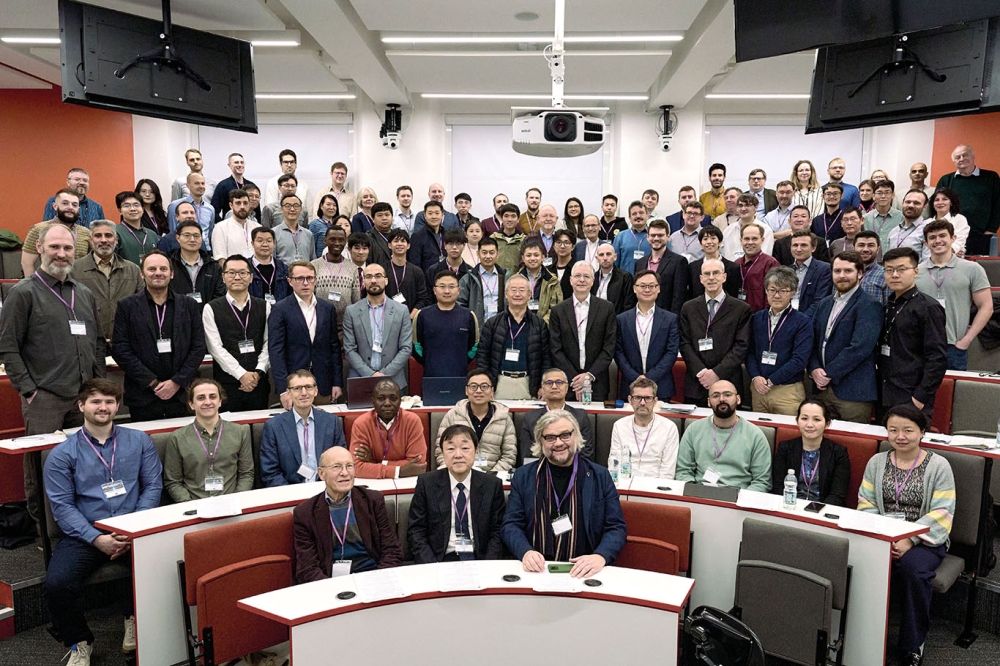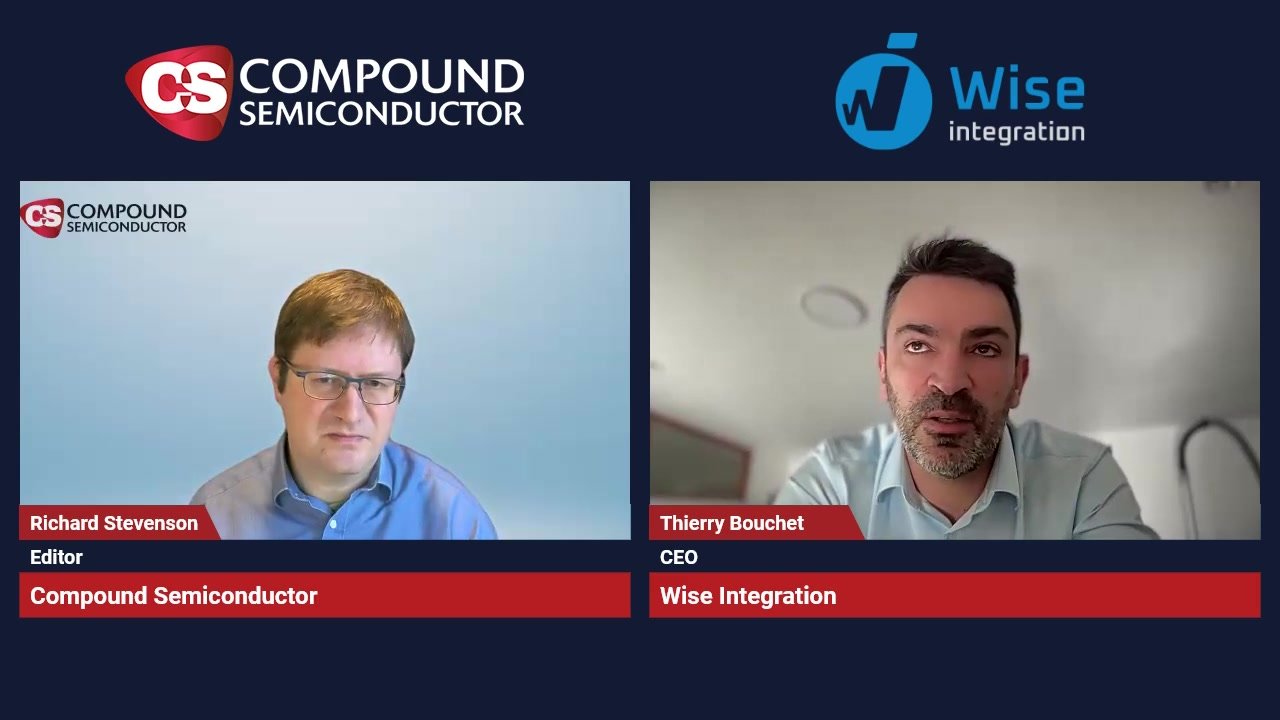GaAs nanowire MESFET strikes gold
III-V nanowires are promising to minimize the amount of lithography needed for all manner of semiconductor devices, starting from a deposition technique with a heart of gold.
Researchers at the University of Illinois, Urbana-Champaign (UIUC), have claimed the first self-assembled GaAs nanowire MESFET, grown from gold nanoparticles dispersed on a semi-insulating GaAs substrate.
Xiuling Li s team used MOCVD to deposit defect-free nanowires, which each propagated horizontally along the substrate from the colloidal gold particles, following the crystal plane.
In an Electron Device Letters paper to be published soon, the team describes how they then produced the MESFET from an individual planar nanowire using optical lithography to form the metal contacts.
At 4100 cm2/Vs the nanowire MESFET boasts similar low-field electron mobility to monolithic GaAs transistors, and Li says that this confirms that it is made from high-quality material.
And while this nanowire s diameter was approximately 200 nm, the UIUC team claims the same method could be used to produce channels as narrow as 5 nm.
“Because the nanowires are self-assembled from the bottom-up, lithography and etching are not required,” Li said. “This means that we can scale the nanowires without worrying about surface damage or process tolerances related to etching techniques.”
“We expect our nanowire MESFET to outperform similar dimension top-down monolithic devices.”
Like other GaAs MESFETs this type of nanowire device could be used for microwave communications, or sensing.
However Li claims a similar approach could be used to make logic or memory devices, or passive waveguides and active gain material in optoelectronics. This potential arises in large part from the possibility that the gold-seed method is unlikely to be limited to GaAs.
“We expect this growth technique to be general enough that high-quality planar homogeneous nanowires of other semiconductor materials can be produced,” Li told compoundsemiconductor.net.
Small print
The UIUC team s approach also lends itself to lifting the nanowires off the GaAs substrate and transfer-printing them onto other semiconductor material systems.
In their transfer method, a sacrificial layer of Al0.5Ga0.5As that can later be etched away by hydrochloric acid is first deposited onto the gold nanoparticles. Next the GaAs nanowires are produced.
A 100 nm gold layer is then deposited onto these wires.
Because the gold layer sticks more effectively to adhesive tape than it does to GaAs, when Li and colleagues apply an adhesive tape and pull it away, the gold and GaAs nanowires are removed from the GaAs substrate. After transferring them to a silicon substrate, they remove the tape with heat, and the gold layer by etching, revealing the still-aligned nanowires.
This could solve a key problem holding back commercialization of nanowire electronics, namely the ability to control alignment on a large scale.
“We expect our innovation to have important implications in moving the bottom-up nanowire approach to large-area manufacturing,” Li said.

